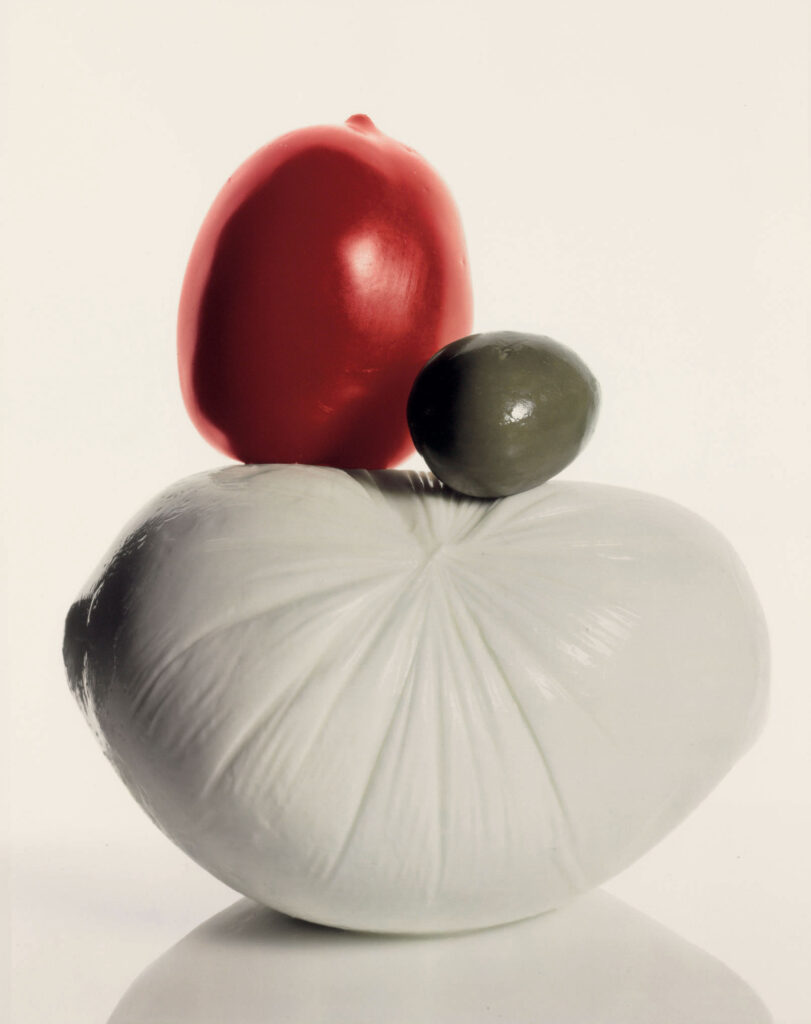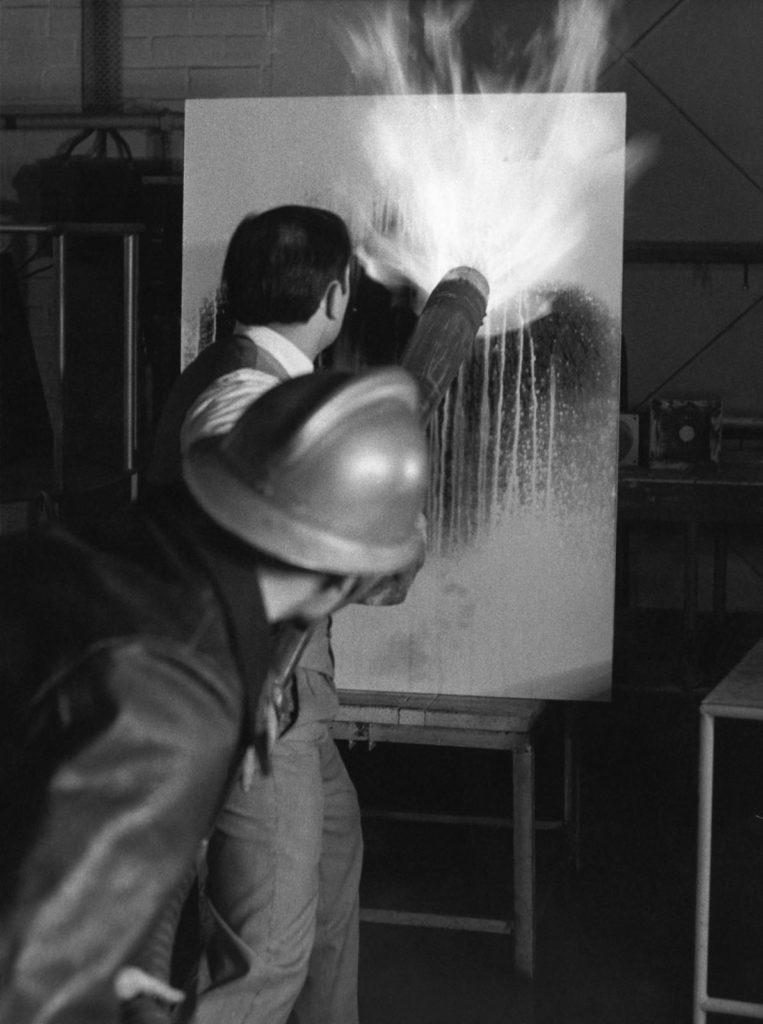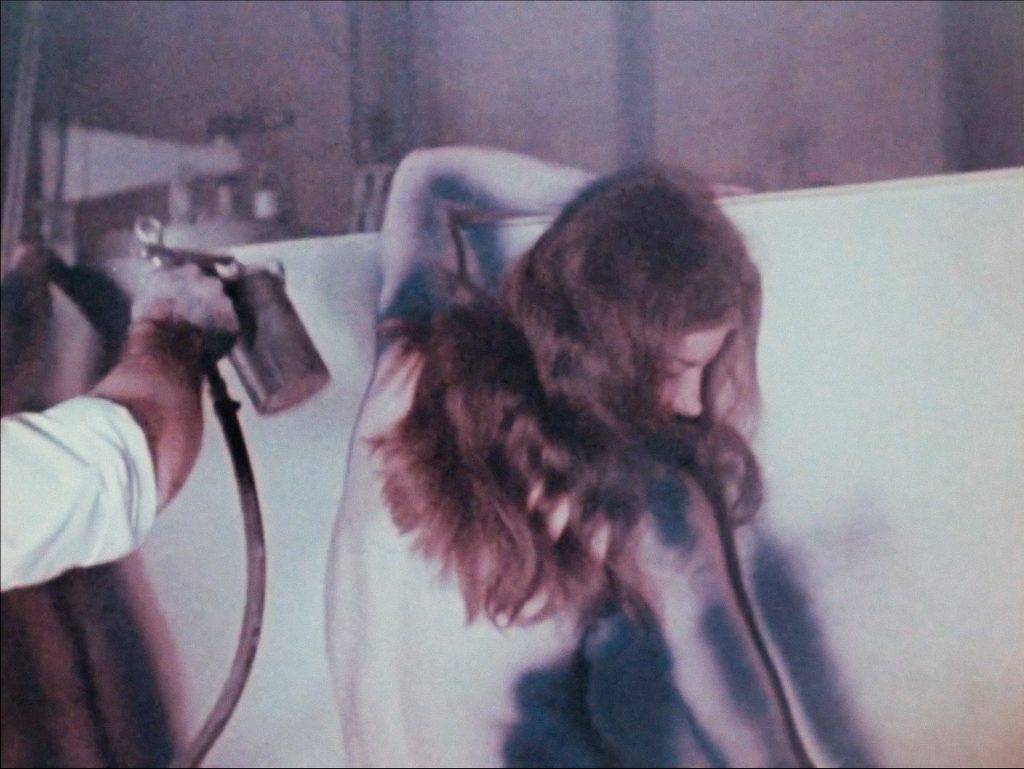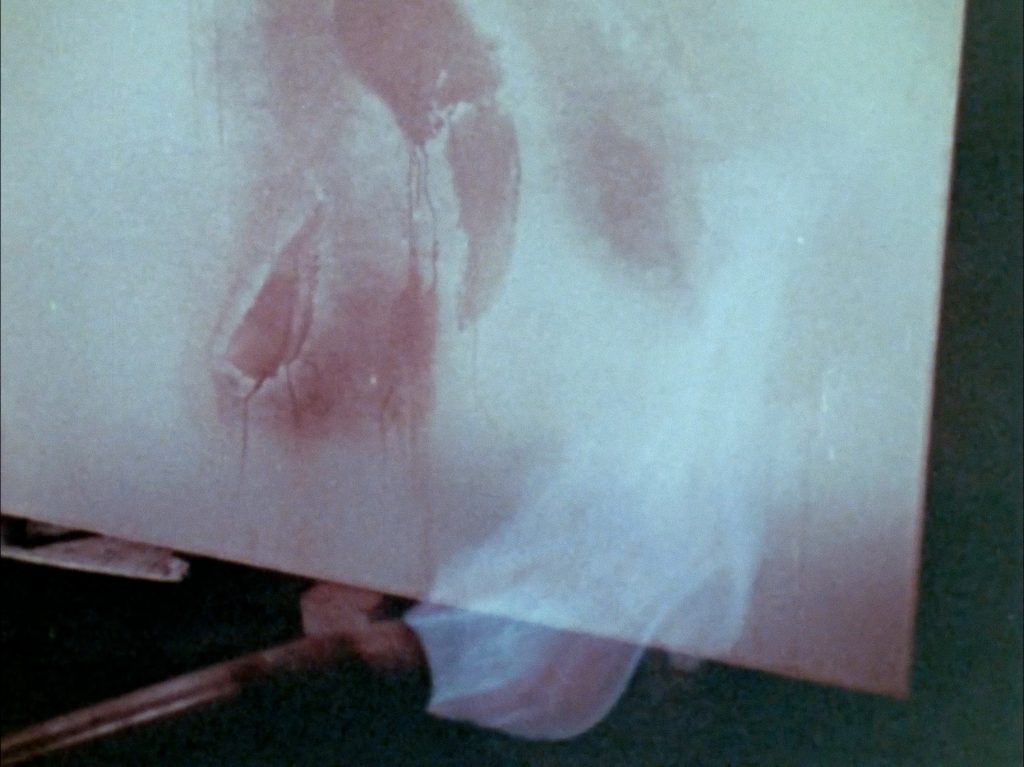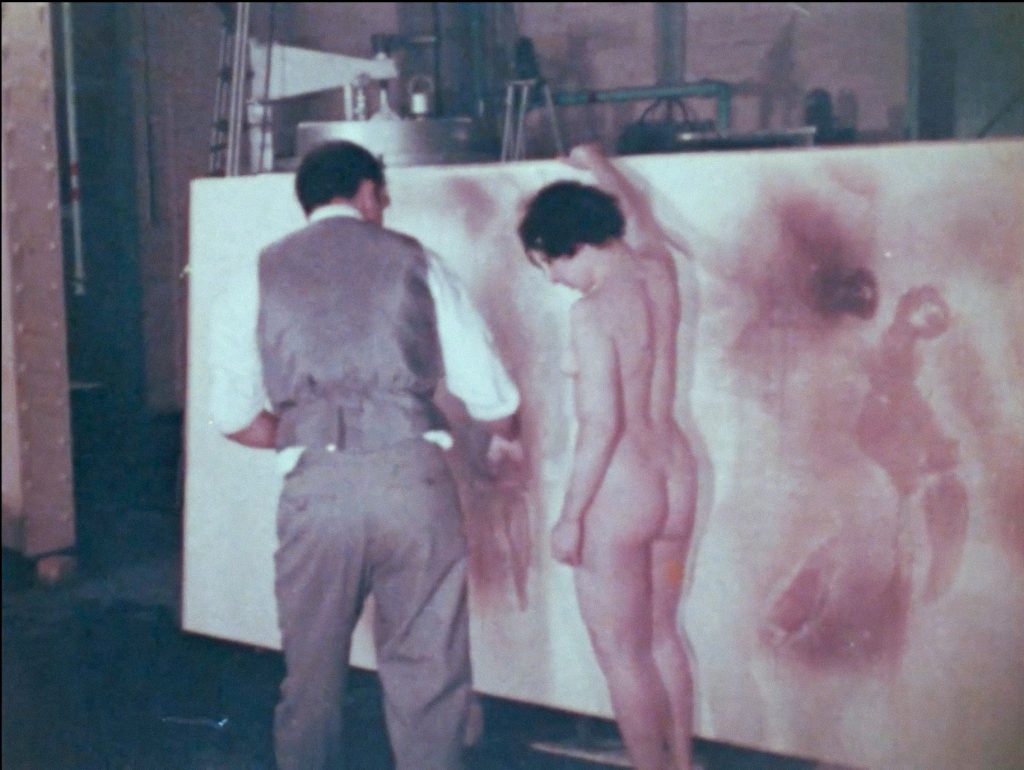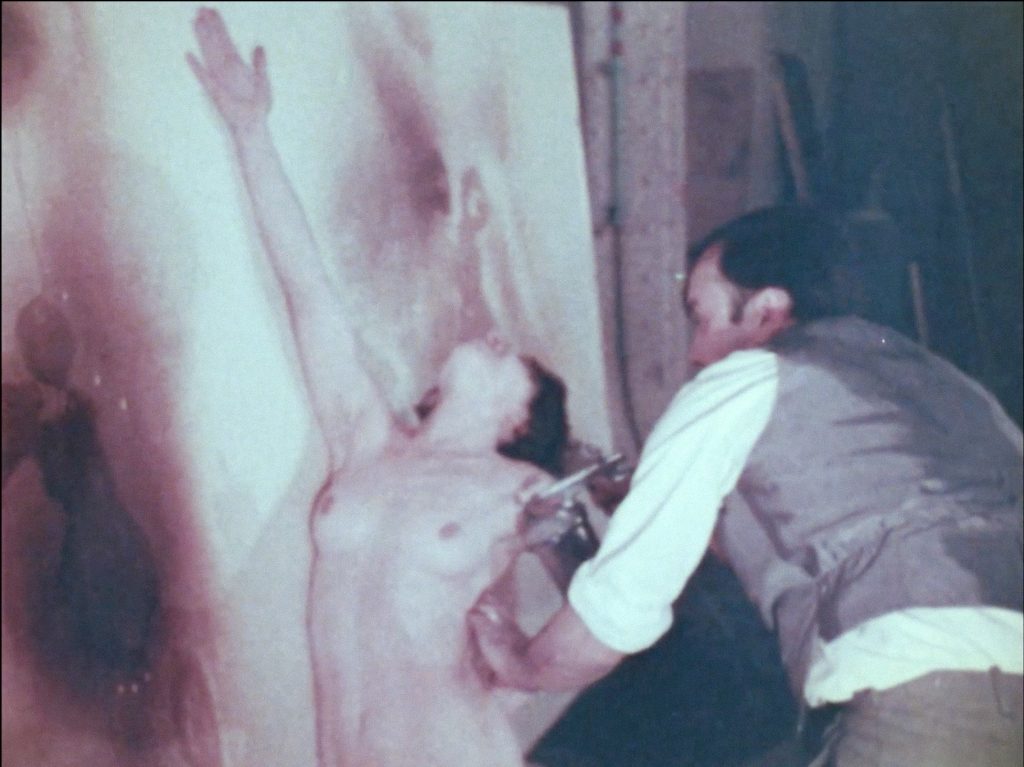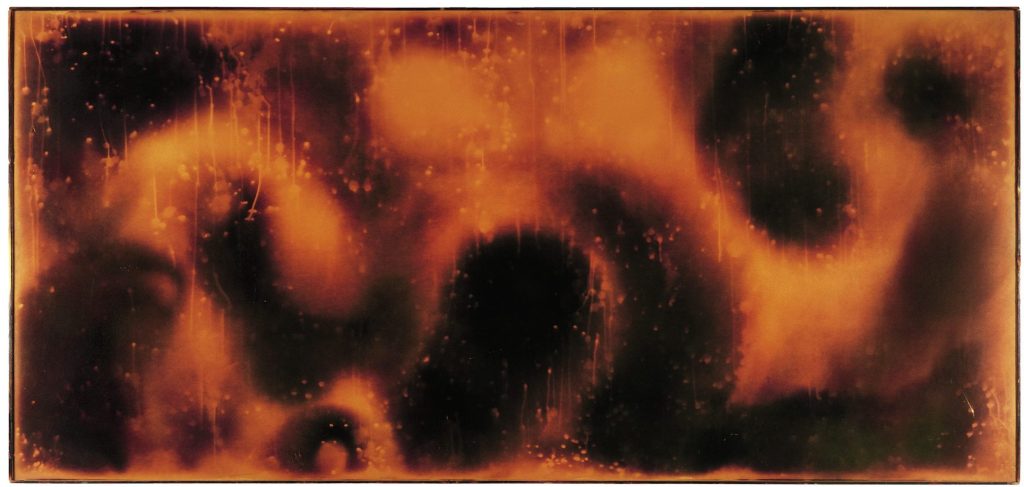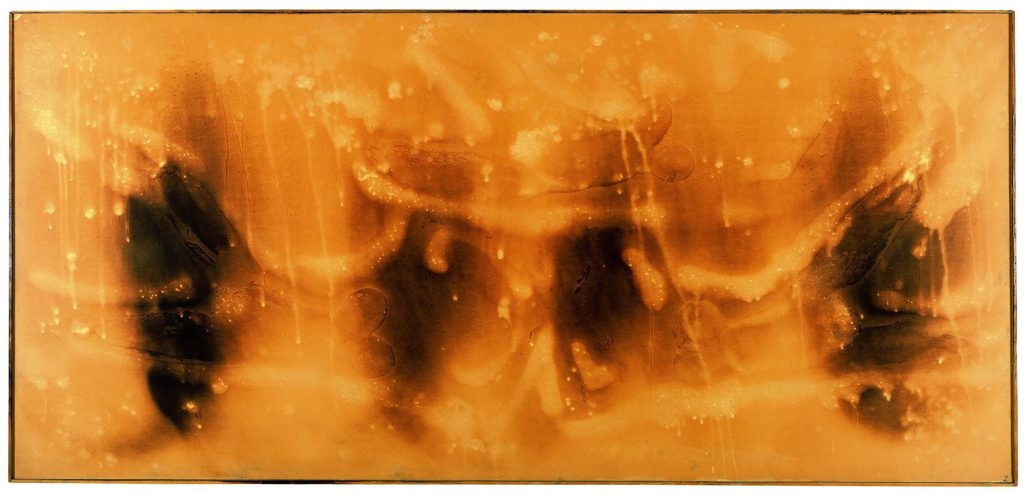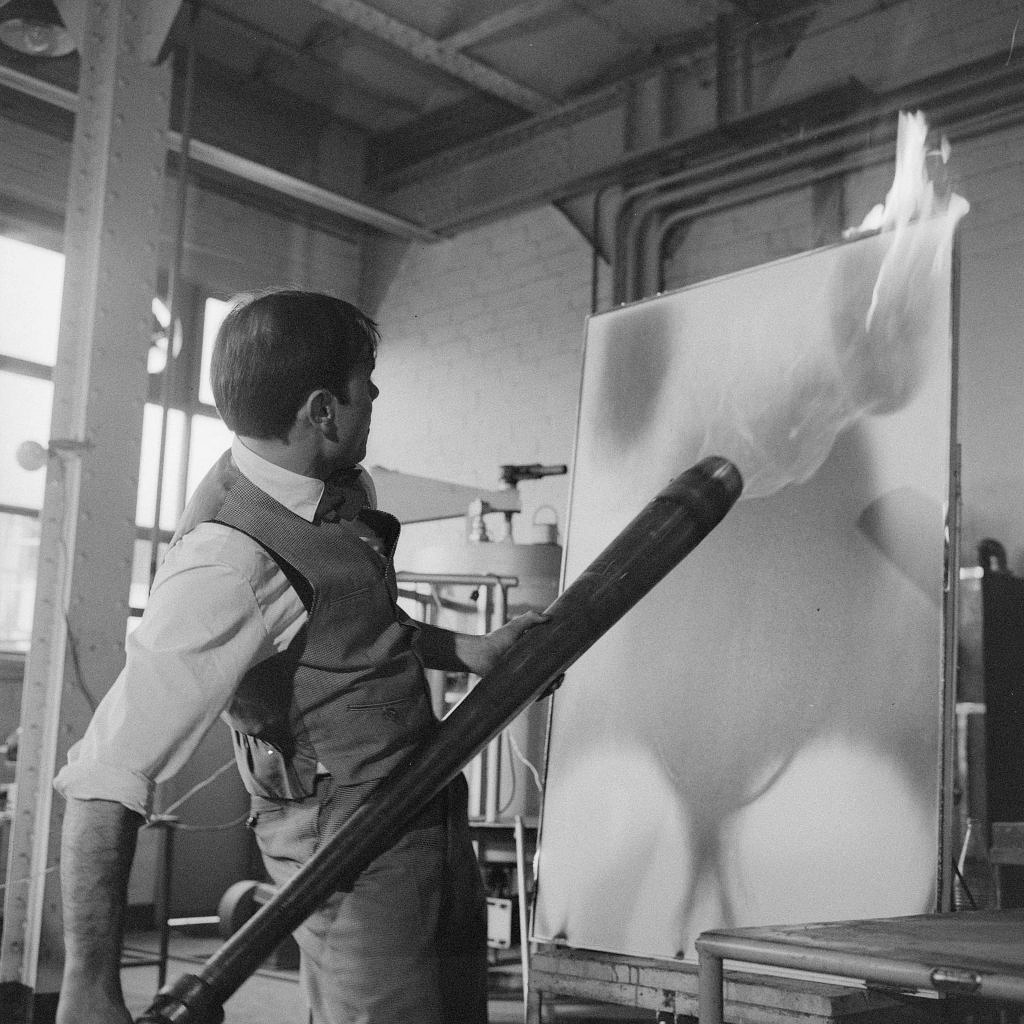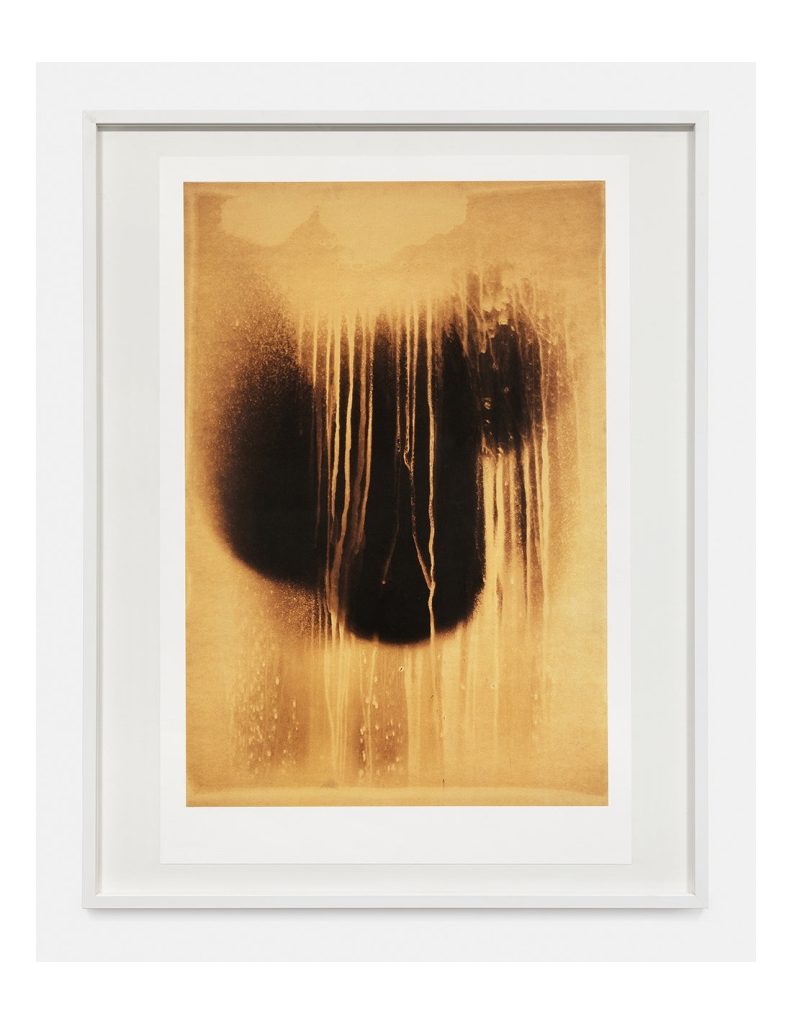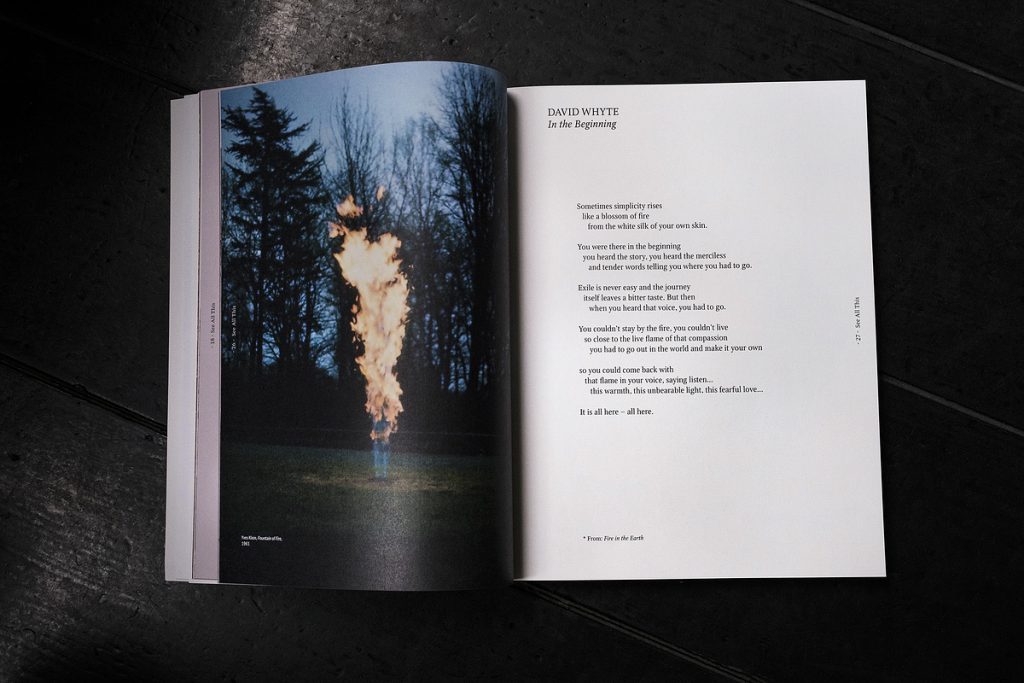Yves Klein
Limited Edition 'Peinture de feu'
‘Humankind began with fire,’ scientists Susan Magsamen and Ivy Ross wrote in an earlier issue of See All This. ‘Life as we know it came about thanks to lightning. Arcs of electricity six times hotter than the surface of the sun ignited trees and bushes on the African savannah. Early Homo erectus and Homo sapiens captured its magic and took it with them, from place to place... Fire, and with it creative expression, sparked the birth of community.’
Since the beginning of time, fire has held this profound duality — a force both of destruction and creation. It illuminates and energises, yet also consumes and destroys — a reality brought into sharp focus in the past few weeks. The 6th-century BC Greek philosopher Heraclitus of Ephesus recognised fire as more than just a primal element; he saw it as the very essence of existence, the source from which all other elements emerged, and a symbol of life’s perpetual transformation.
In the 1960s, Yves Klein explored this same duality through his groundbreaking fire experiments. In this Art Room, we invite you to discover more about his pioneering Peinture de feu series and offer a special Limited Edition: Peinture de feu sans titre (F124).
thanks to Editions Dilecta, Paris
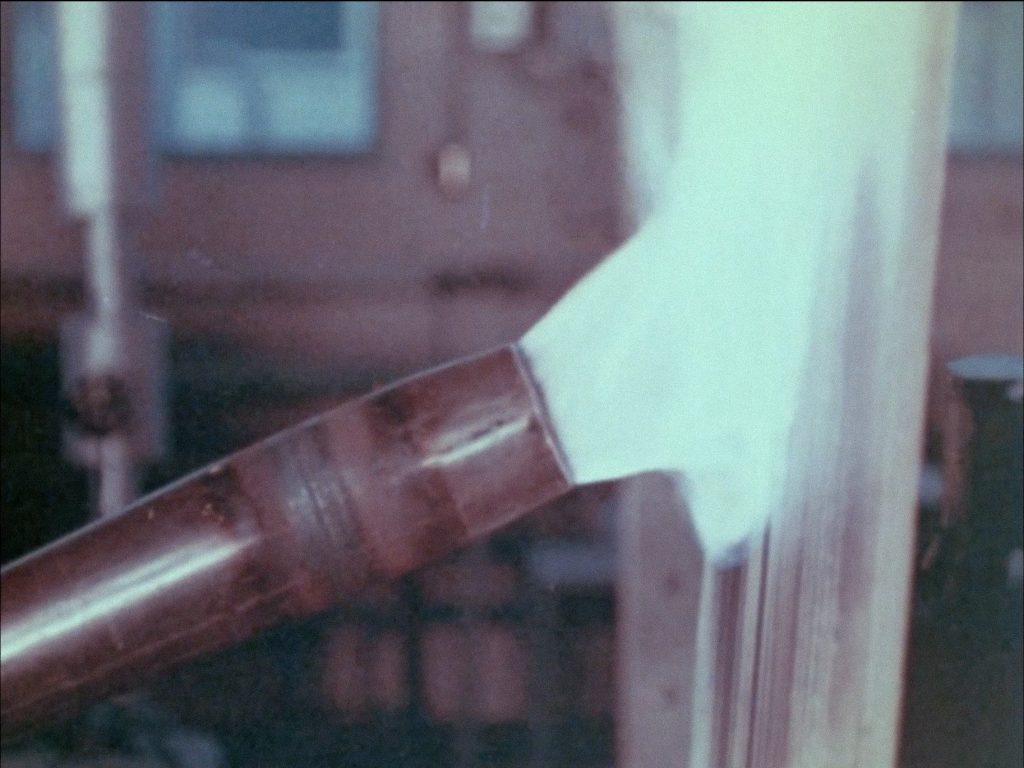
On a spring day in 1961, Yves Klein (1928–1962) arrived at the Gaz de France testing center in Saint-Denis. This facility, part of the French national gas company, would serve as the stage for his groundbreaking series Peinture de feu — ‘fire paintings.’
‘The setting in that industrial warehouse was surreal; the cold, the water and the noise of the flame-thrower which Yves manipulated with apparent ease even though it weighed over eighty pounds.
Klein’s pioneering collaboration with Gaz de France in 1961 enabled him for the first time to capture the fleeting power of fire to create a supernatural image. Klein: ‘The painting is just the witness, the sensitive record that saw what happened.’
Klein’s aim was twofold: ‘First of all, to register the trace of human sentimentality in present-day civilization; secondly, to register the trace of fire which has engendered this very same civilization. And this because the void has always been my constant preoccupation; and I hold that in the heart of the void as well as in the heart of man, fires are burning,’ he said in his Chelsea Hotel Manifesto, New York, 1961.
His experiments at the test centre ended abruptly when the director heard of Klein’s use of nude models. Still, by then he had created some 150 works, and the impetus for his famous FC1, which sold for $36.4 million at Christie’s in 2012. A record for the artist. Klein died in 1962 at the age of 34, a few months after creating his fire paintings.
Yves Klein in See All This No. 36
‘To Be a Pilgrim’
The winter issue of See All This opens with the graphic novel Fire in the Earth. A title taken from a poem in the collection by David Whyte, guest curator of this issue.
In the Beginning
Sometimes simplicity rises
like a blossom of fire
from the white silk of your own skin.
You were there in the beginning
you heard the story, you heard the merciless
and tender words telling you where you had to go.
Exile is never easy and the journey
itself leaves a bitter taste. But then
when you heard that voice, you had to go.
You couldn’t stay by the fire, you couldn’t live
so close to the live flame of that compassion
you had to go out in the world and make it your own
so you could come back with
that flame in your voice, saying listen...
this warmth, this unbearable light, this fearful love…
It is all here – all here.
David Whyte, from: Fire in the Earth
